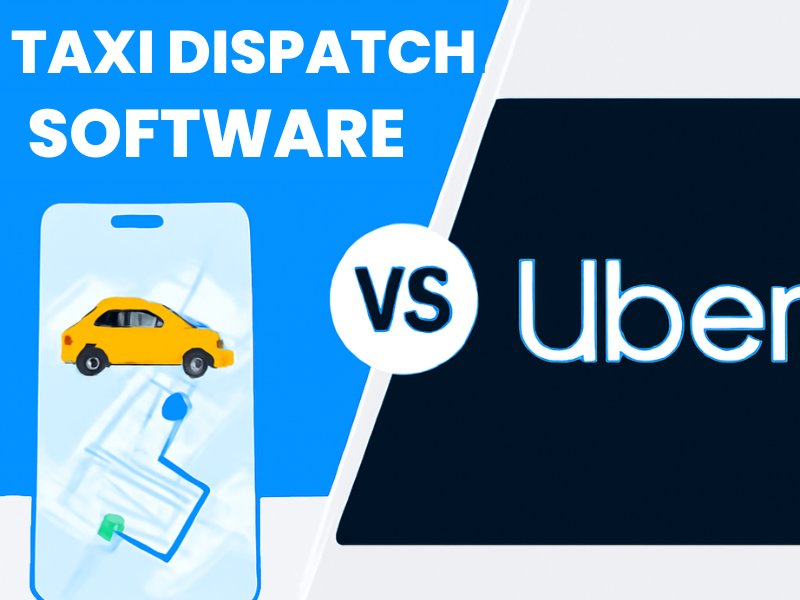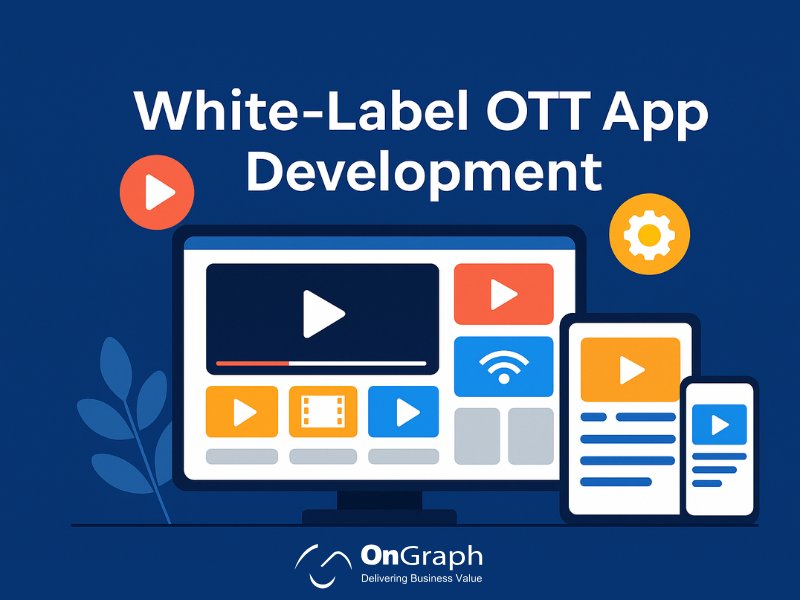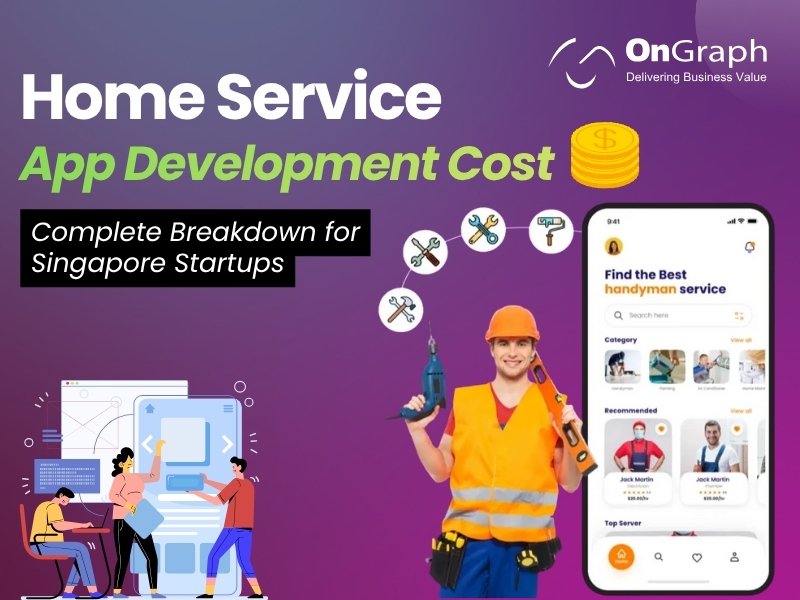In this article
- Market Overview: Taxi Dispatch Software vs Uber in 2025
- Understanding the Two Models
- Taxi Dispatch Software Cost vs Uber Commission
- Essential Features of the Best Taxi Dispatch Software
- Revenue and Control Analysis
- Case Studies: Success with Taxi Dispatch Systems
- Decision Framework: Which Model Fits You Best?
- Technology Trends Shaping Taxi Dispatch Systems in 2025
- Brand, Data & Customer Ownership: The Real Differentiator
- Role of a Taxi App Development Company
- Implementation & Training Best Practices
- Final Thought: Which Model Wins in 2025?
In today’s fast-moving mobility industry, Taxi Dispatch Software vs Uber has become one of the most debated topics among fleet owners, entrepreneurs, and startups planning to enter the ride-hailing space.
While Uber and Lyft dominate the global on-demand mobility market, an increasing number of businesses are switching to independent taxi dispatch systems for better control, higher profit margins, and complete brand ownership.
This guide explains the differences between taxi dispatch services and aggregator platforms like Uber, explores costs, features, scalability, and ROI, and helps you decide which model fits your business goals in 2025.
Market Overview: Taxi Dispatch Software vs Uber in 2025
The global ride-hailing and taxi services market continues to expand rapidly.
According to Statista (2025), the global ride-hailing segment is expected to generate US $387 billion in 2025, with user penetration surpassing 20 % worldwide. Uber maintains a large share, but many regional players and private fleets are adopting taxi dispatch systems to localize their operations and retain control.
At the same time, the taxi dispatch software market is valued at US $503 million in 2025 and projected to grow to US $1.1 billion by 2032 (Intel Market Research). This rise highlights the increasing shift from dependency on global marketplaces toward self-managed taxi cab dispatch systems and customized mobility platforms.
Understanding the Two Models
A. Marketplace Model – Uber/Lyft
Marketplace apps like Uber act as intermediaries connecting riders and independent drivers.
They own the technology and customer base; you or your drivers pay a commission (15–25 %) for each trip.
Advantages
- Instant access to millions of riders.
- No software maintenance.
- Global marketing and payment infrastructure.
Disadvantages
- High commission fees reduce profit margins.
- No access to customer data or pricing logic.
- Limited control over brand, driver onboarding, or customer experience.
- Policy or algorithm changes can directly affect your earnings.
B. Independent Model – Taxi Dispatch Software
A taxi dispatch system empowers businesses to run their own fleet operations using taxi cab dispatch software developed or customized by a taxi app development company.
This system includes three key components:
- Driver App – handles ride requests, navigation, and earnings.
- Passenger App – allows users to book rides and track drivers.
- Admin Dashboard – lets you assign rides, view analytics, and manage revenue.
Advantages
- Complete control over operations, pricing, and brand.
- Full access to trip, user, and driver data.
- No marketplace commission—keep 100 % of your fares.
- Ability to customize and innovate (auto-assign rides, dispatcher workflows, loyalty programs).
Challenges
- Higher upfront investment and maintenance cost.
- Responsibility for driver training, marketing, and growth.
Taxi Dispatch Software Cost vs Uber Commission
| Factor | Taxi Dispatch Software | Uber / Marketplace |
| Upfront Cost | One-time license + setup (typically $5 K – $25 K) | None |
| Support / Maintenance | $300 – $500/month average | Included but no control |
| Commission per Ride | 0 % – 2 % (payment gateway only) | 15 % – 25 % |
| Branding | 100 % yours | Uber-branded |
| Data Ownership | Full | Limited |
| Custom Features | Unlimited via taxi app development services | Restricted |
Example:
If a fleet completes 10,000 rides/month averaging $15, that’s $150,000 revenue.
- With Uber’s 20 % commission → you lose $30,000/month.
- With your own taxi dispatch solution → you retain almost all, covering only support and marketing.
In under a year, most operators recoup their taxi dispatch software cost purely through saved commissions.
Essential Features of the Best Taxi Dispatch Software
A successful taxi cab dispatch system should include modern, scalable, and driver-friendly tools:
- Real-Time GPS Tracking – View driver and passenger locations instantly.
- Smart Ride Allocation – Auto-assign trips using distance + availability logic.
- Dynamic Pricing Engine – Adjust fares based on traffic or demand, similar to Uber’s surge model.
- Multi-Platform Apps – Passenger & Driver apps for Android + iOS.
- Dispatcher Dashboard – Manual override for assigning or monitoring rides.
- Secure Payment Gateway Integration.
- Analytics & Reports – Revenue, driver performance, idle-time metrics.
- Driver Ratings & Feedback.
- Multi-City / Multi-Currency / Multi-Language Support.
- Custom Branding & Theme Options.
These capabilities ensure your taxi dispatcher can manage the same operations as Uber—but under your control.
Also read- Top 7 Must-Have Features for Your Next-Gen Taxi Dispatch System
Revenue and Control Analysis
Uber Model:
- Average driver profit margin: 25 – 30 % after fees.
- Businesses relying on Uber must share brand identity and customer ownership.
- Algorithm-driven surge pricing favors platform revenue, not individual fleets.
Taxi Dispatch Software Model:
- Businesses retain 80 – 90 % profit margin after operating expenses.
- Control dynamic pricing to attract more customers during peak hours.
- Ability to launch loyalty rewards, corporate billing, or partnerships independently.
For long-term growth and equity value, a dispatch software model generally produces a higher return on investment once initial costs are recovered.
Case Studies: Success with Taxi Dispatch Systems
Case 1 – Regional Fleet Digital Transformation
A European taxi cooperative deployed its own taxi dispatch system in 2023. Within 12 months:
- Reduced idle time by 18 %.
- Increased completed rides by 22 %.
- Achieved payback in 8 months due to saved commissions.
Case 2 – Middle-Eastern Fleet with Dispatcher Model
A transport company shifted from aggregator platforms to its proprietary taxi cab dispatch software supporting auto-assign and dispatcher overrides. Result:
- Customer satisfaction ↑ 30 % through faster pickups.
- Fleet utilization ↑ 25 %.
- Monthly operating costs ↓ 20 %.
These examples underline how local fleets outperform global platforms once they own their taxi dispatch solution.
Decision Framework: Which Model Fits You Best?
| Business Type | Recommended Model | Rationale |
| Independent drivers seeking quick income | Uber Model | Low entry barrier, ready market |
| Small / Medium fleet operators | White-Label Taxi Dispatch Software | Brand ownership + moderate investment |
| Established taxi companies | Custom Taxi Dispatch System | End-to-end control and scalability |
| Start-ups testing market demand | Begin with Uber, migrate later | Risk mitigation |
| Enterprise mobility providers | Hybrid Model | Integrate dispatch with 3rd-party APIs |
Technology Trends Shaping Taxi Dispatch Systems in 2025
- AI-Based Route Optimization – reduces fuel use and idle time.
- Predictive Demand Forecasting – anticipates peak zones.
- Integrated Wallets & BNPL (Buy Now Pay Later) options.
- Geofencing for Safety & Compliance.
- In-Car IoT Sensors feeding driver-behavior data.
- Web 3.0 Payments (Crypto / Digital IDs) gaining traction.
- Cloud & Serverless Architectures lowering infrastructure cost.
Including these emerging trends in your taxi app development services roadmap can make your software future-ready.
Brand, Data & Customer Ownership: The Real Differentiator
When evaluating Taxi Dispatch Software vs Uber, remember that data is currency.
With Uber, your riders, trips, and driver stats belong to the platform.
With your own taxi dispatch solution, you own:
- Trip history and pricing insights.
- Customer data for marketing and loyalty.
- Driver performance metrics for training.
This data can power future growth, personalized offers, and partnerships—assets you lose under aggregator models.
Role of a Taxi App Development Company
Partnering with a skilled taxi app development company ensures:
- Tailored features that match your business logic.
- Scalable architecture ready for future modules.
- Integration with payment gateways, maps, and analytics.
- Ongoing maintenance and 24×7 support.
Professional developers also provide flexible engagement—build-from-scratch, white-label, or hybrid options—depending on your taxi dispatch system prices and timeline.
Build Your Own Uber-Like App — Take Control of Your Taxi Business Now!
Implementation & Training Best Practices
- Pilot in one city before full rollout.
- Train your taxi dispatcher and drivers with short video SOPs.
- Collect early feedback and optimize ride allocation.
- Market your app via Google Ads, SEO, and partnerships with hotels or airports.
- Monitor KPIs: driver acceptance %, average wait time, customer retention.
These steps ensure smooth transition and measurable ROI.
Final Thought: Which Model Wins in 2025?
- Choose Uber / Marketplace if you need immediate market access, zero tech burden, and can accept shared control and commission fees.
- Choose Taxi Dispatch Software if you want brand ownership, full data control, and higher long-term profitability.
For sustainable growth and differentiation, most regional fleets now prefer custom or white-label taxi dispatch systems built by expert developers.
In 2025 and beyond, the Taxi Dispatch Software vs Uber debate tilts toward independence—businesses that control their own platform gain agility, data intelligence, and competitive edge.
FAQs
Taxi Dispatch Software is a platform you own or license to manage your rides, drivers, and customers directly. Uber is a marketplace connecting riders to independent drivers under its brand and pricing model.
Typical taxi dispatch system prices range from $5 K – $25 K for setup + deployment, depending on features and whether it’s white-label or custom. Maintenance averages $300 – $500/month.
Yes. Modern taxi cab dispatch software uses AI routing, smart allocation, and real-time analytics to match—or exceed—Uber’s operational efficiency for controlled fleets.
Taxi companies, corporate transport providers, and startups seeking brand independence should invest in a taxi dispatch solution for long-term ROI.
Live tracking, auto-dispatch, dynamic pricing, secure payments, driver-rating system, analytics dashboard, and multi-city scalability are must-haves.
By offering white-label frameworks and reusable modules, a taxi app development company can cut development time by 40–60 %, reducing overall taxi dispatch software cost.
Yes – for individuals or early-stage startups testing markets. However, for fleets aiming for data control and stronger margins, owning a taxi cab dispatch system delivers greater value.
About the Author
Let’s Create Something Great Together!
Latest Blog















